Once we venture inland on the islands and leave behind their paradise-like beaches, the archipelago offers a rich and surprising array of natural spaces. Ancient forests, spectacular volcanoes, incredible dunes… The nature of the Canary Islands is an authentic treasure and, as such, is especially protected.
The Canary Islands have one of the most valuable ecosystems in the world. That’s why 40% of the archipelago is catalogued as protected natural space. Part of this territory corresponds to their four fantastic natural parks. There’s a reason why the Canary Islands are the region with the most national parks in Spain.
Beyond their incredible natural value, the national parks of the Canary Islands make up an extraordinary heritage that is the product of the archipelago’s volcanic nature.
Teide National Park
The island of Tenerife is home to the most visited natural park in Spain and one of the most visited in the world: the Teide National Park. The third tallest volcano on the planet and the highest point in the geography of Spain, it is an ideal destination for lovers of nature and scenery. Accessible on foot, via a six-hour hike along stunning trails, or in a comfortable cable car that can get you to the top in eight minutes, it offers stunning views of the island. On clear sunny days you can even see the nearby islands of La Palma, La Gomera and Gran Canaria.
It was declared a UNESCO World Heritage Site in 2007 and is home to numerous endemic species of flora and fauna, as well as important archaeological sites relating to the first settlers of the Canary Islands, the ‘guanches’.
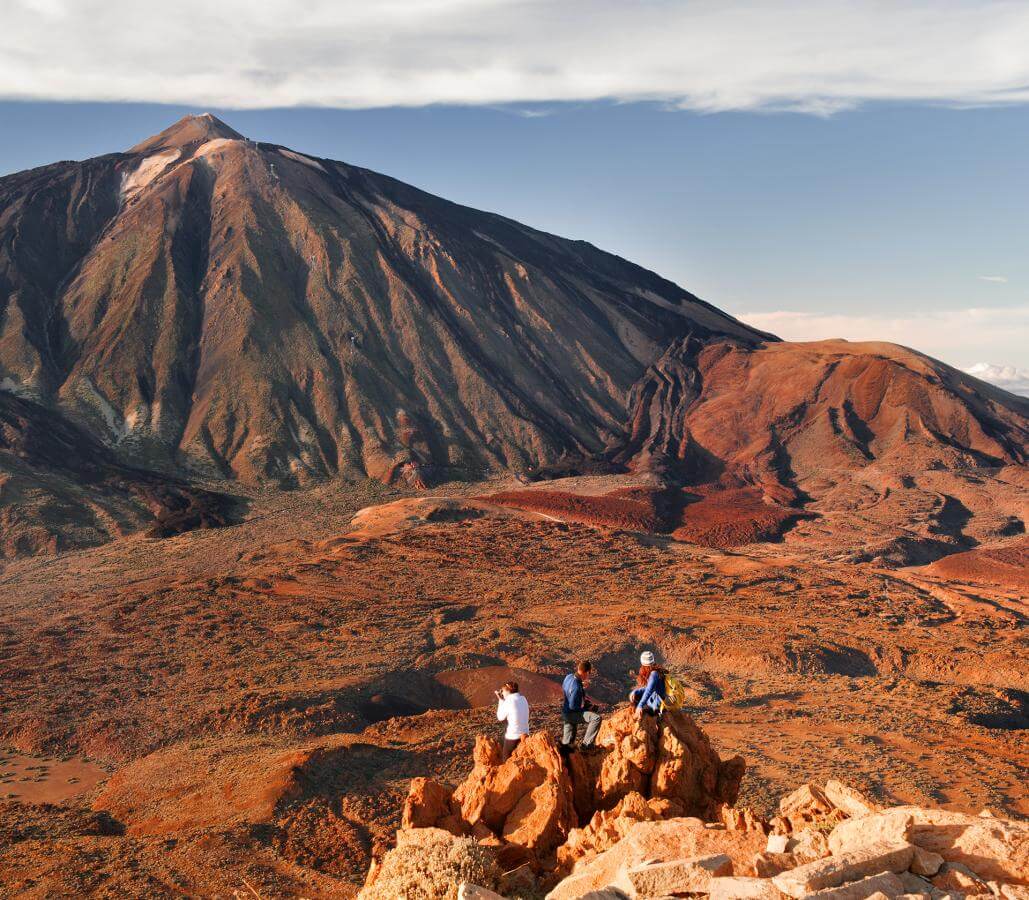

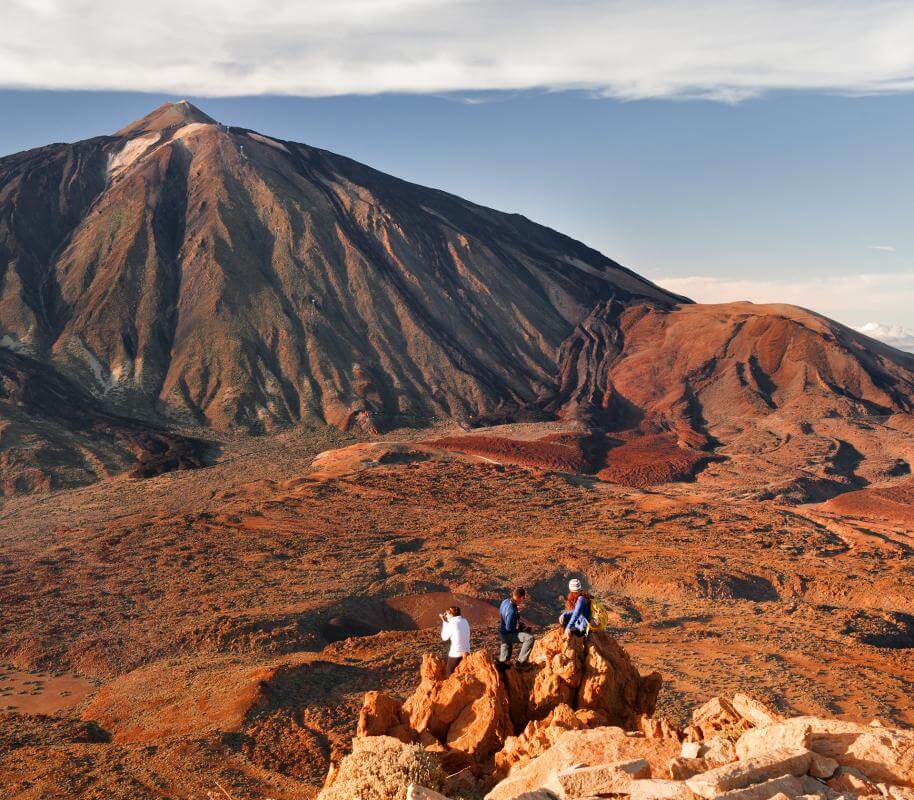
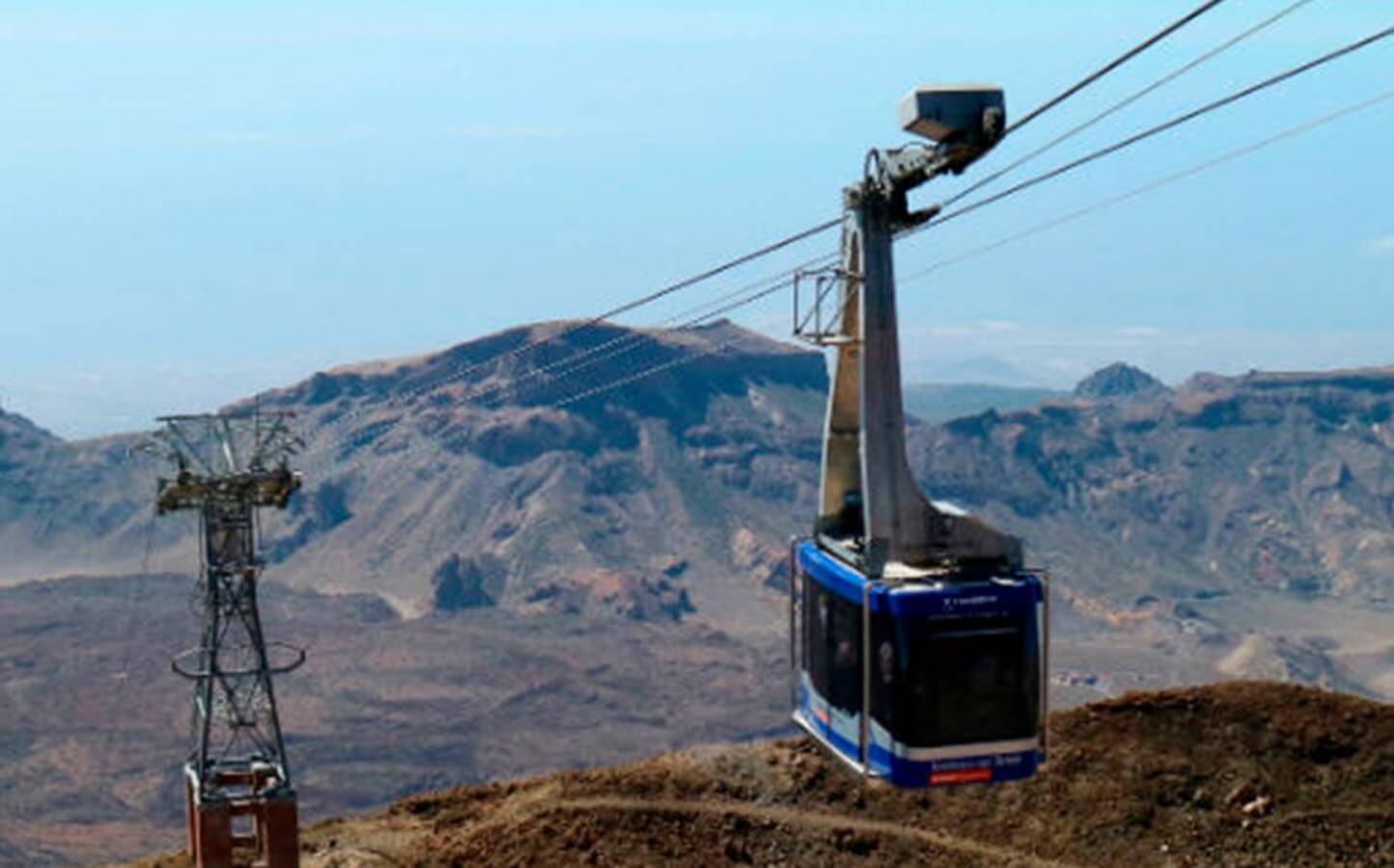

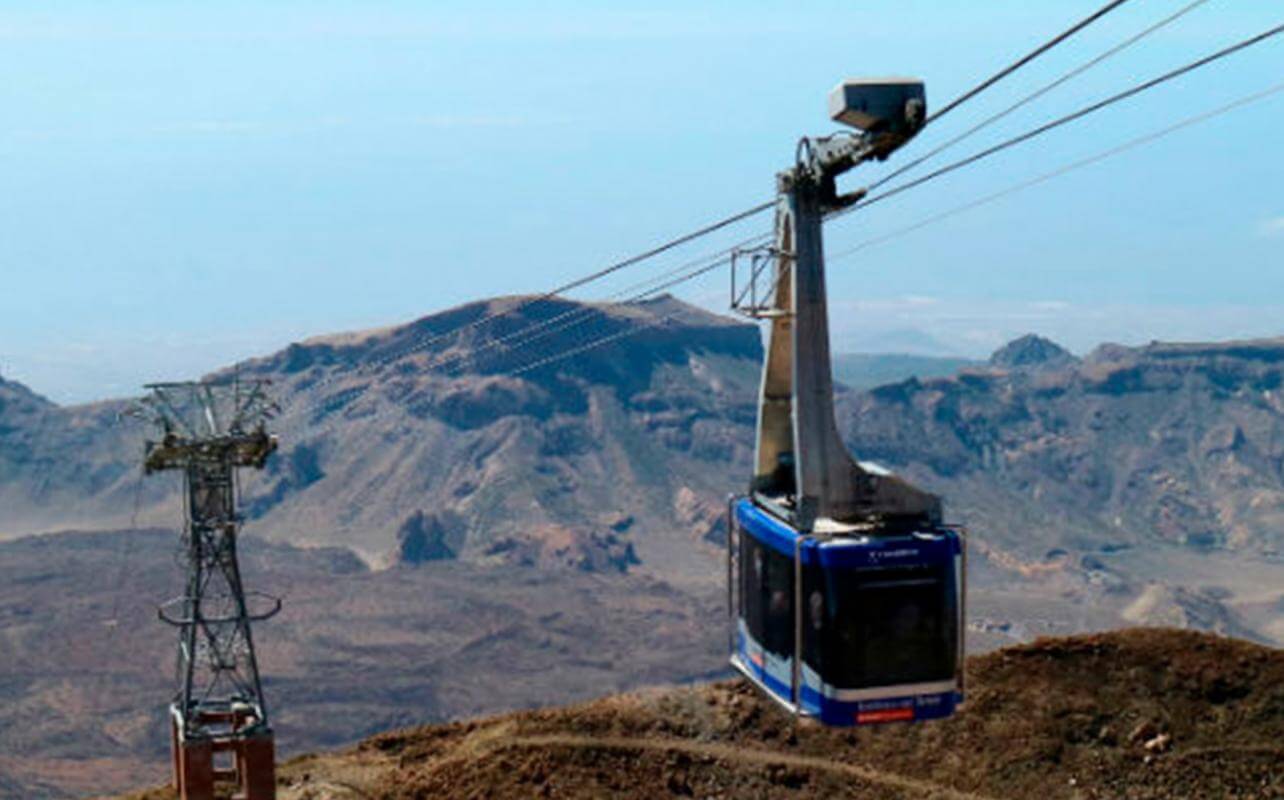
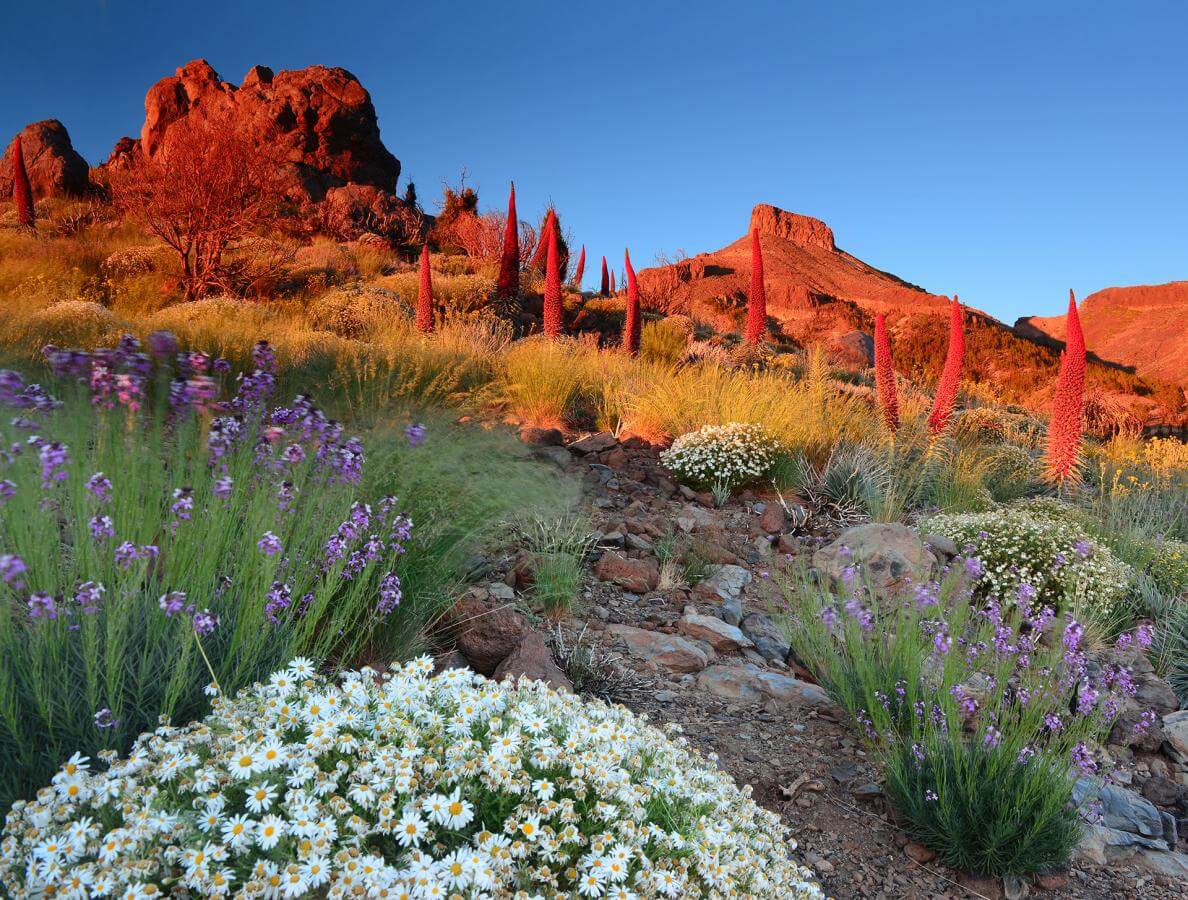

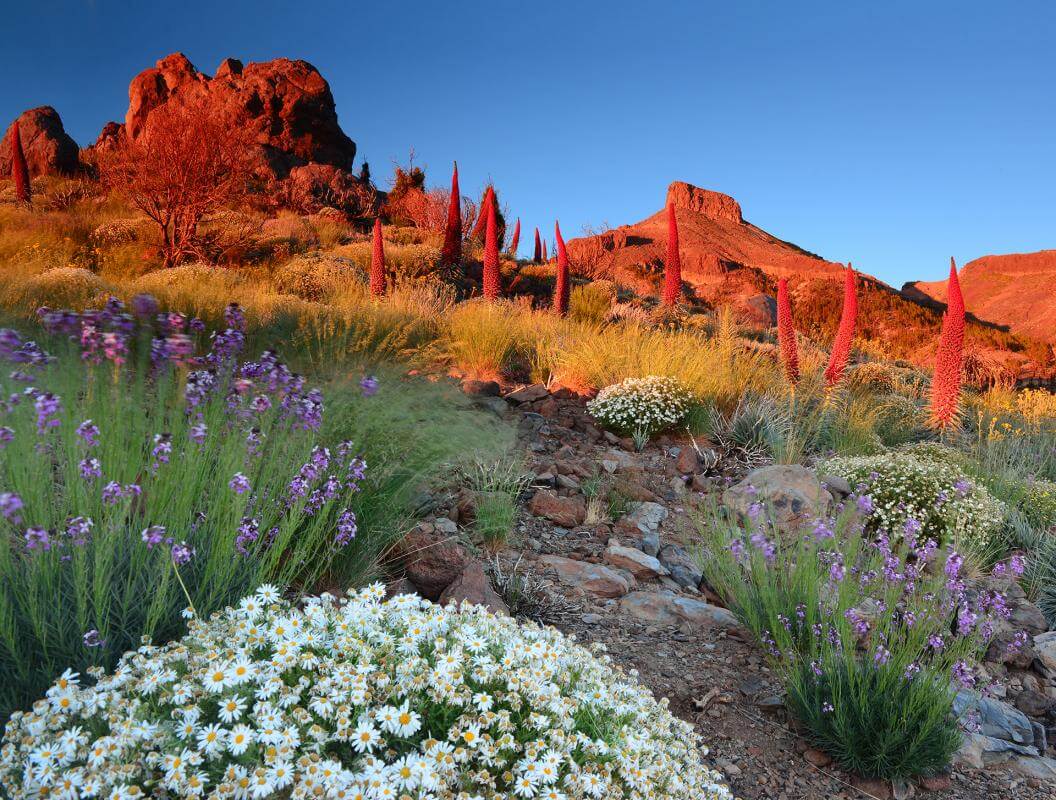
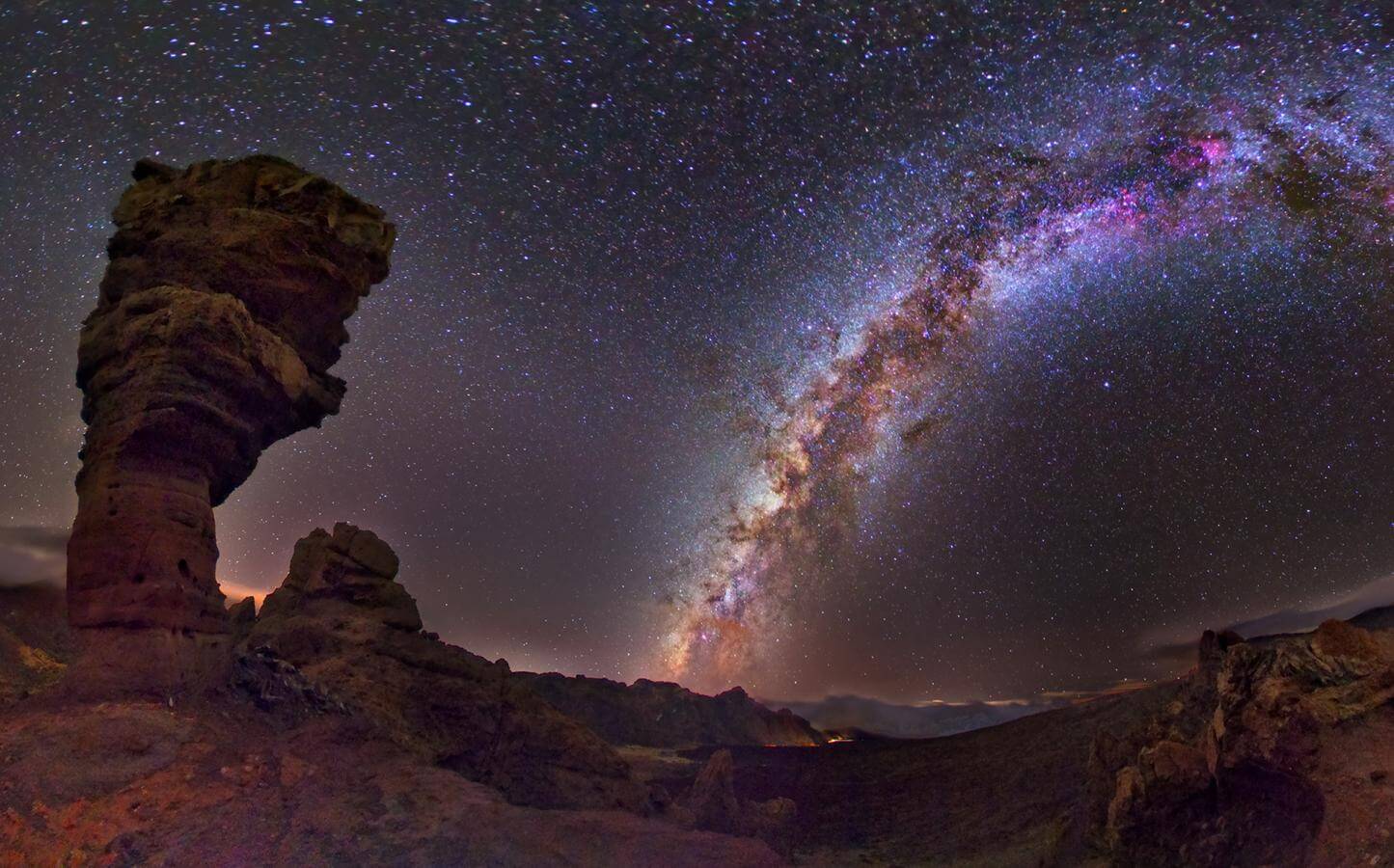

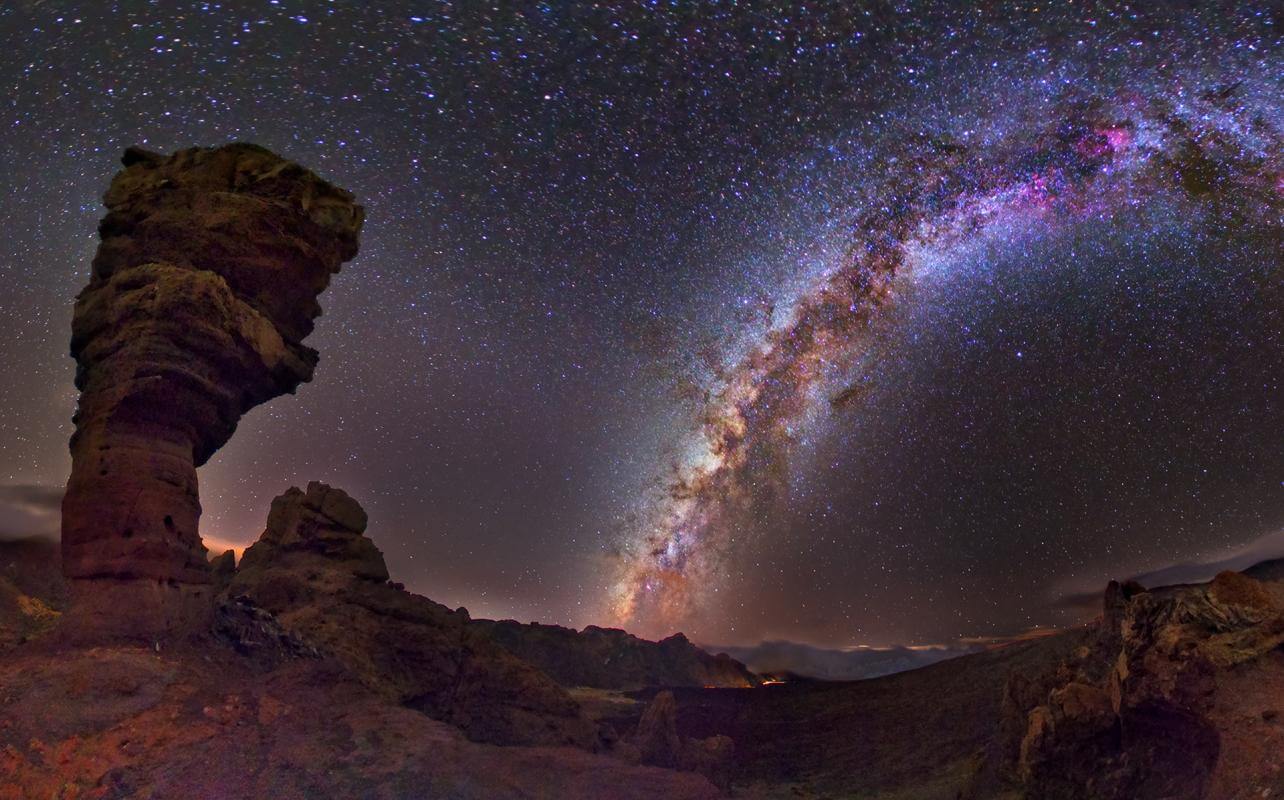
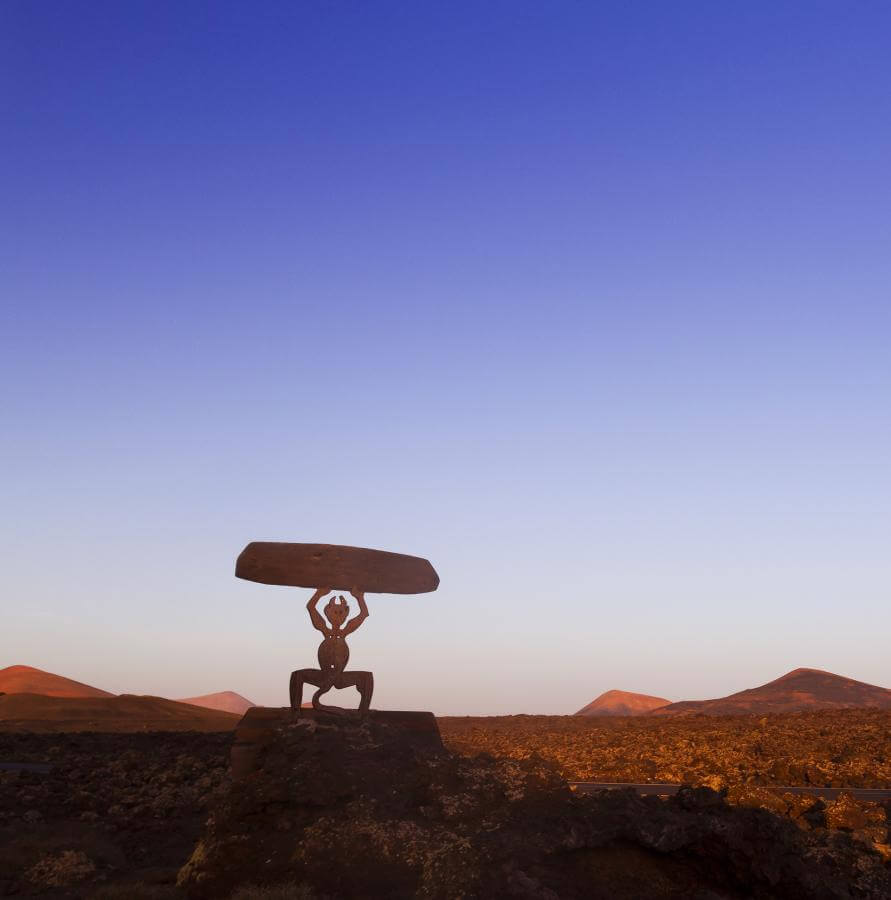

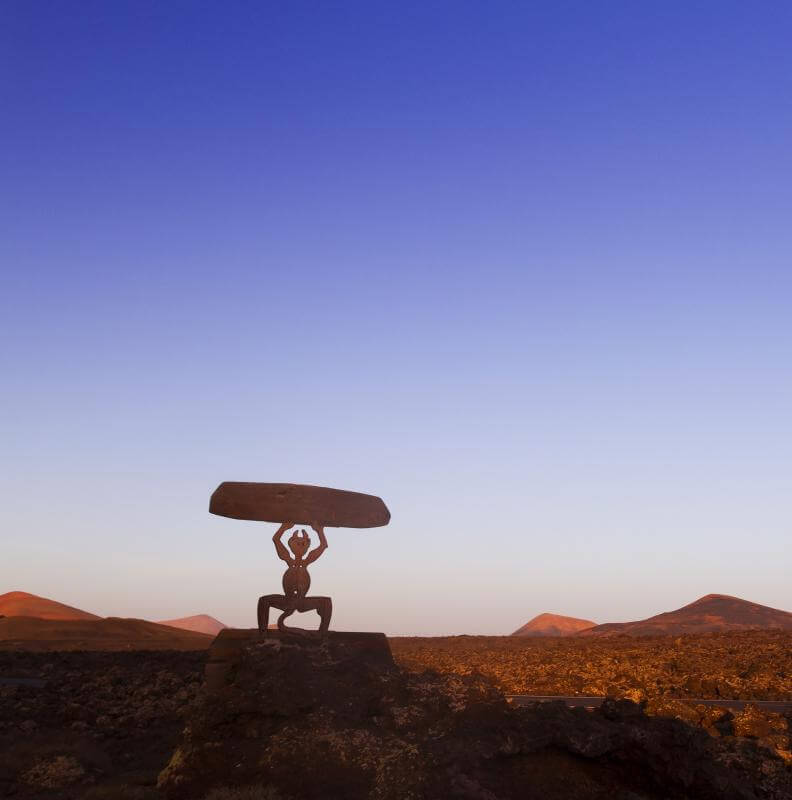
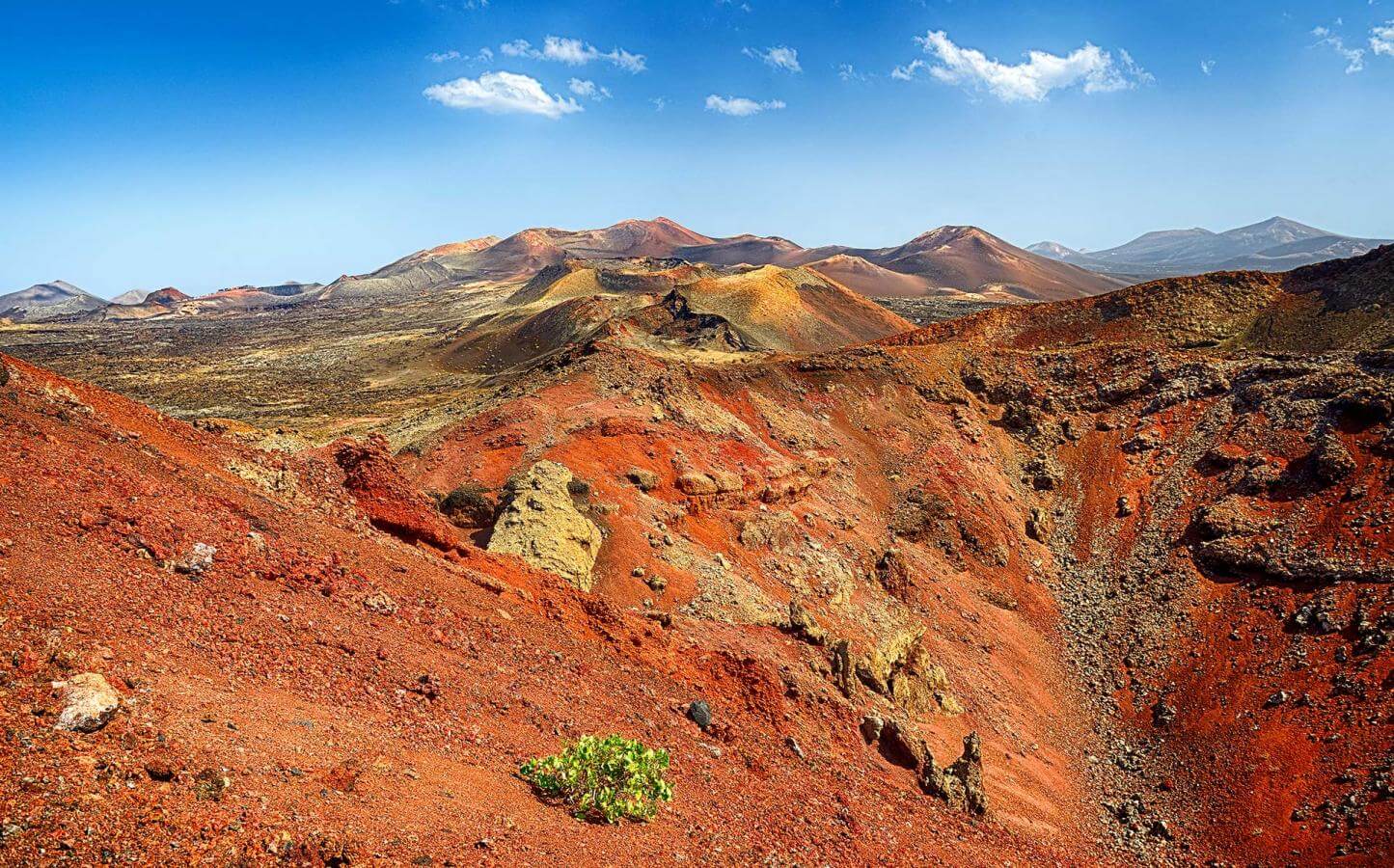

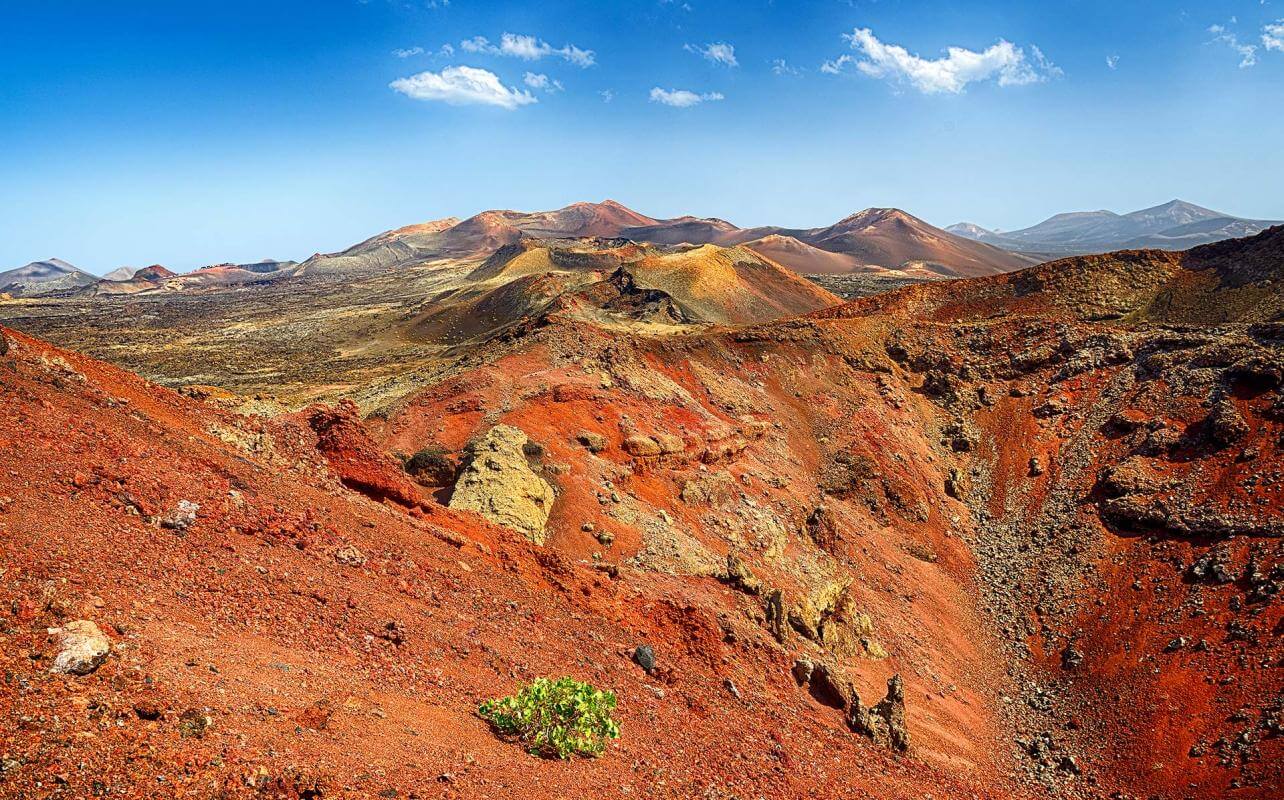
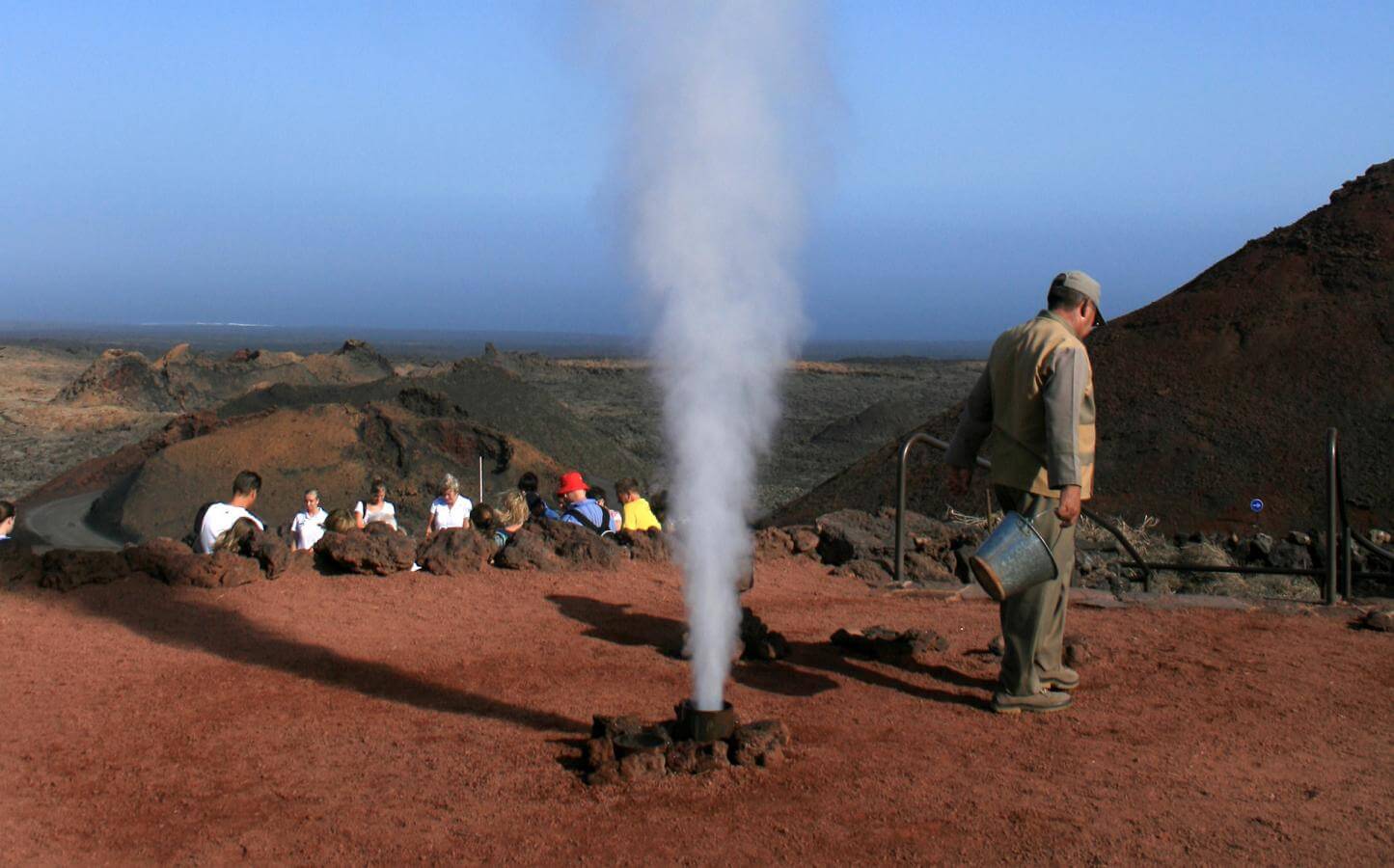

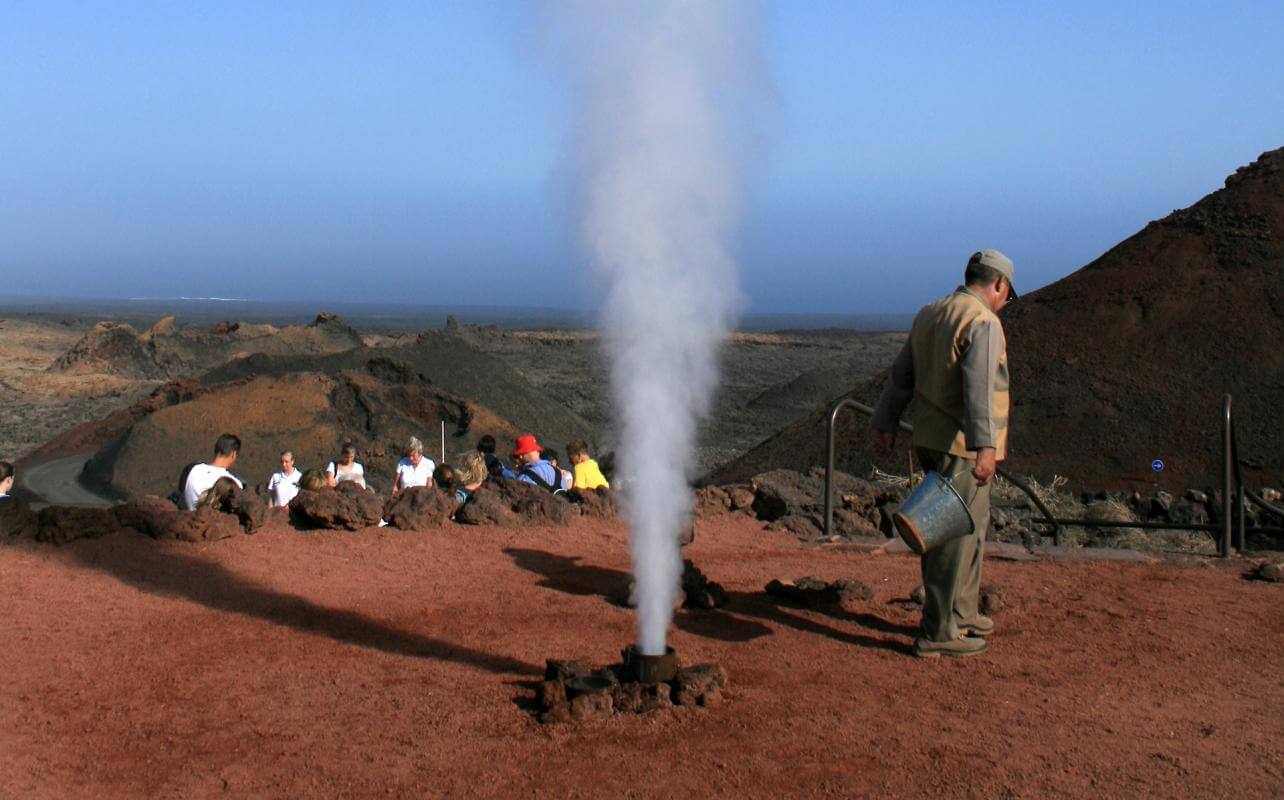
Timanfaya National Park
On the astonishing red and black volcanic land of Lanzarote lies Timanfaya National Park, which was declared a UNESCO Biosphere Reserve in 1993. It is of volcanic origin and has more than 25 volcanoes of exquisite beauty on its more than 5,000 hectares that can be visited on foot, by bus or on a pleasant camel ride that takes around 25 minutes. Given that there is still volcanic activity at some points of the park, which are very popular with tourists, you can feel the heat coming off the coloured rocks and sand.
It is practically virgin territory, untouched by man, that reveals astounding scenery that looks like something from another world. Being in the Montañas del Fuego (Mountains of Fire) in Lanzarote is almost like stepping onto Mars. Real landscapes that look like fiction that have appeared in many films, such as Moby Dick by Ron Howard.
Garajonay National Park
The great natural treasure of the island of La Gomera is this national park, which is named after the romantic native legend of Gara and Jonay, the Canary Islands equivalent of Romeo and Juliet, who threw themselves from the top of the mountain for love. In this lush, humid laurisilva, one of the few that still exist in the world, there is an abundance of moss and ferns, which grow wildly amidst the mist. A magical place with a highly accessible network of paths that make their way through incredible, ancient trees.
Named a UNESCO World Heritage Site in 1986 and a Biosphere Reserve together with the rest of the island of La Gomera, the park covers an area of almost 4,000 hectares and is home to the Laguna Grande recreational area and the popular Juego de Bolas visitor centre.
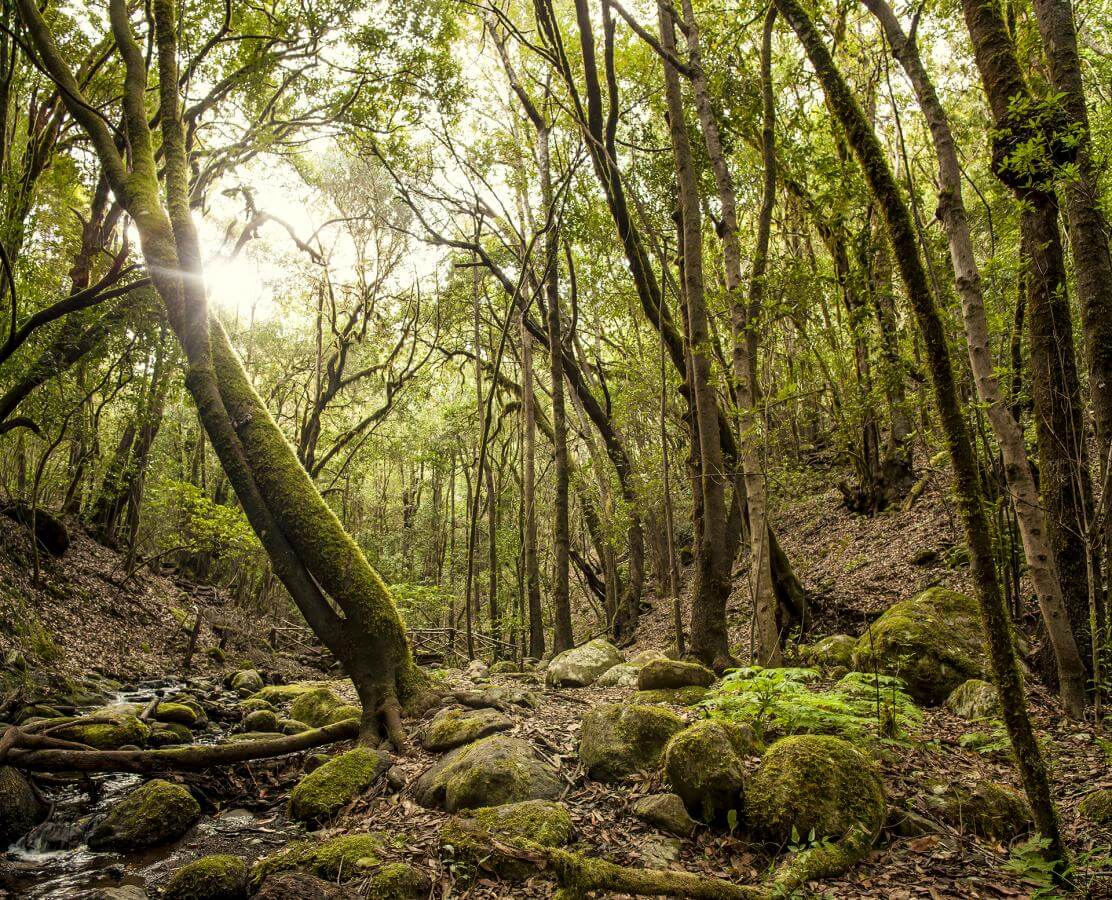

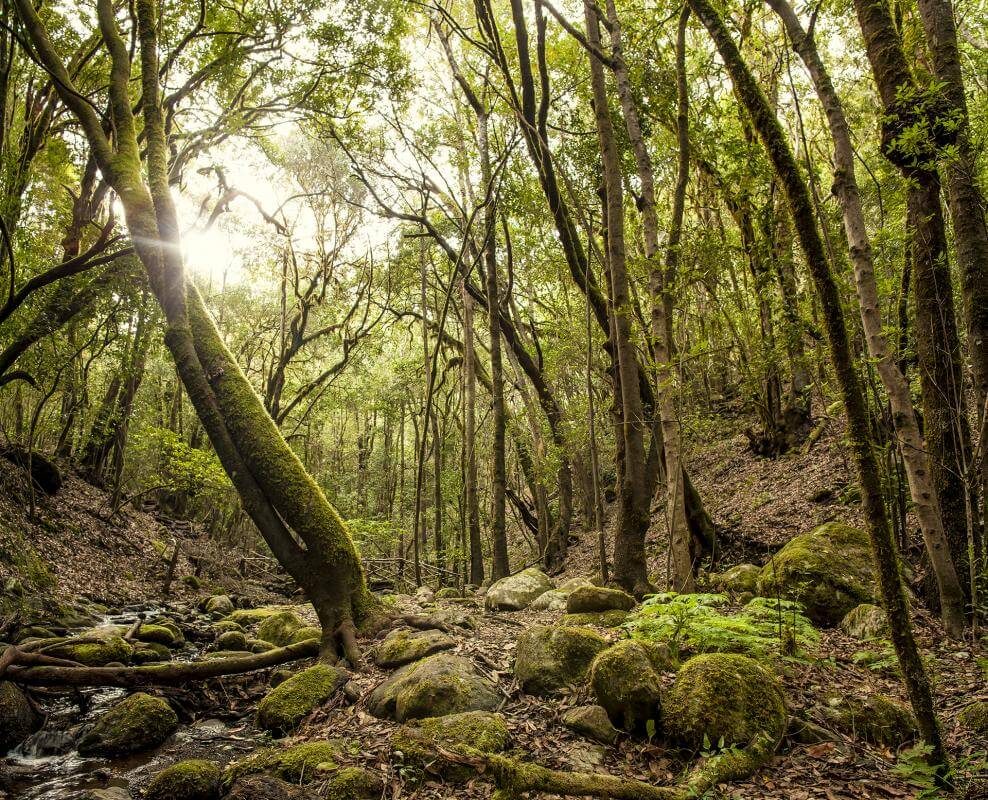
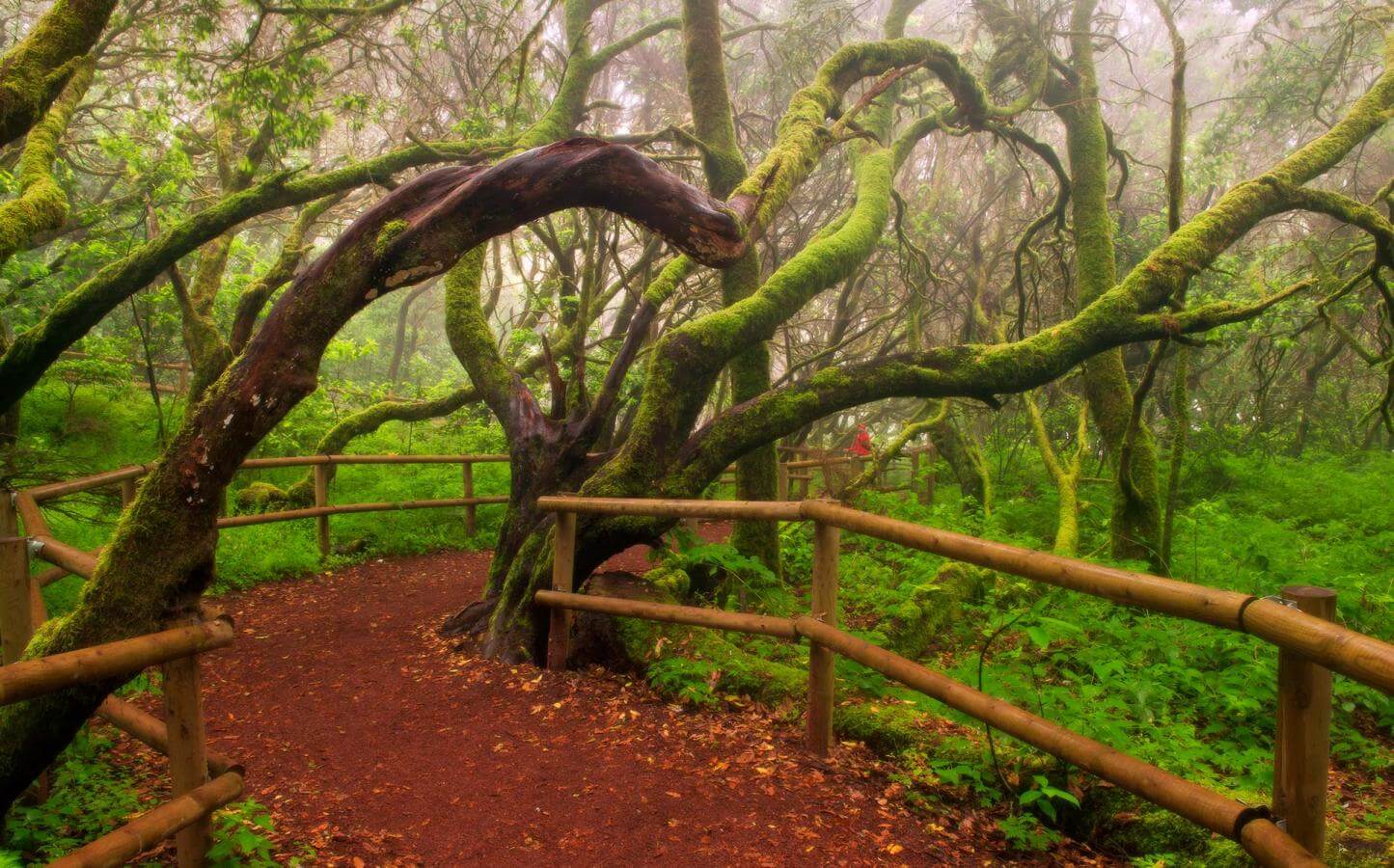

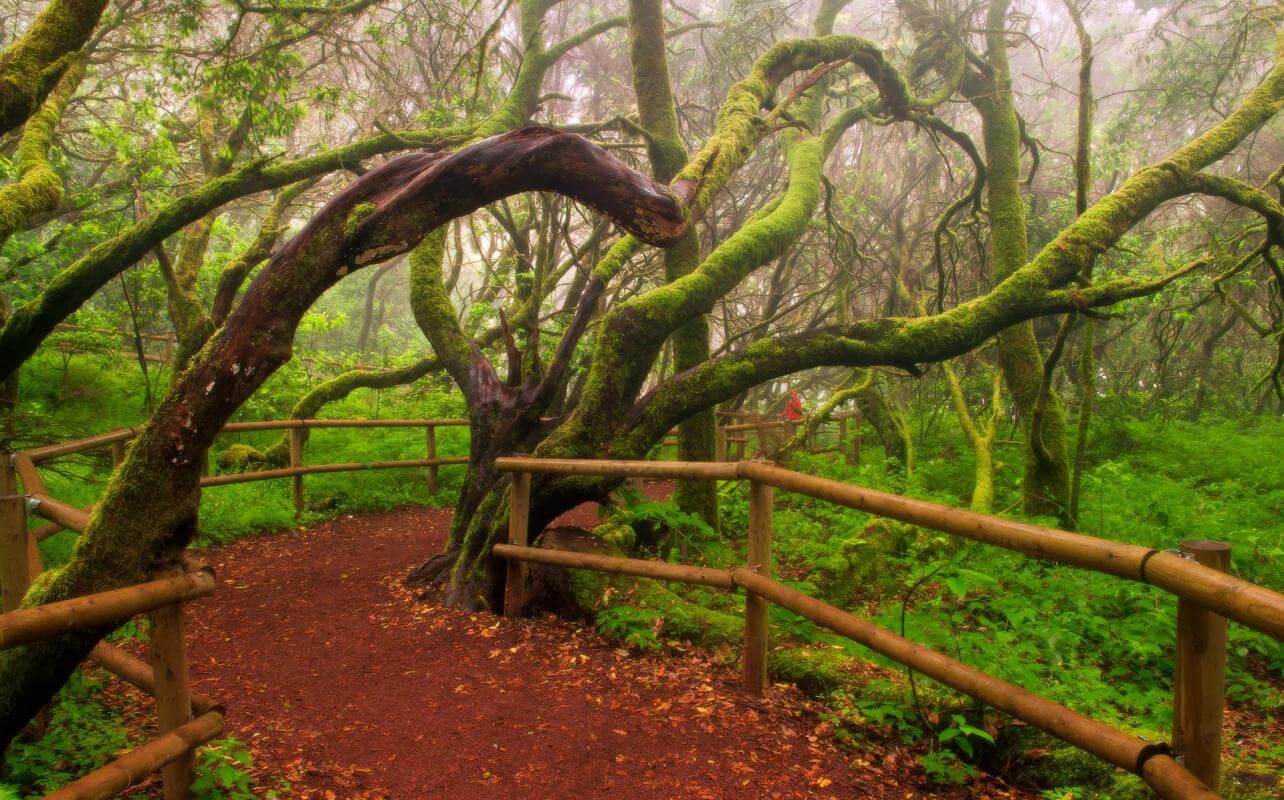
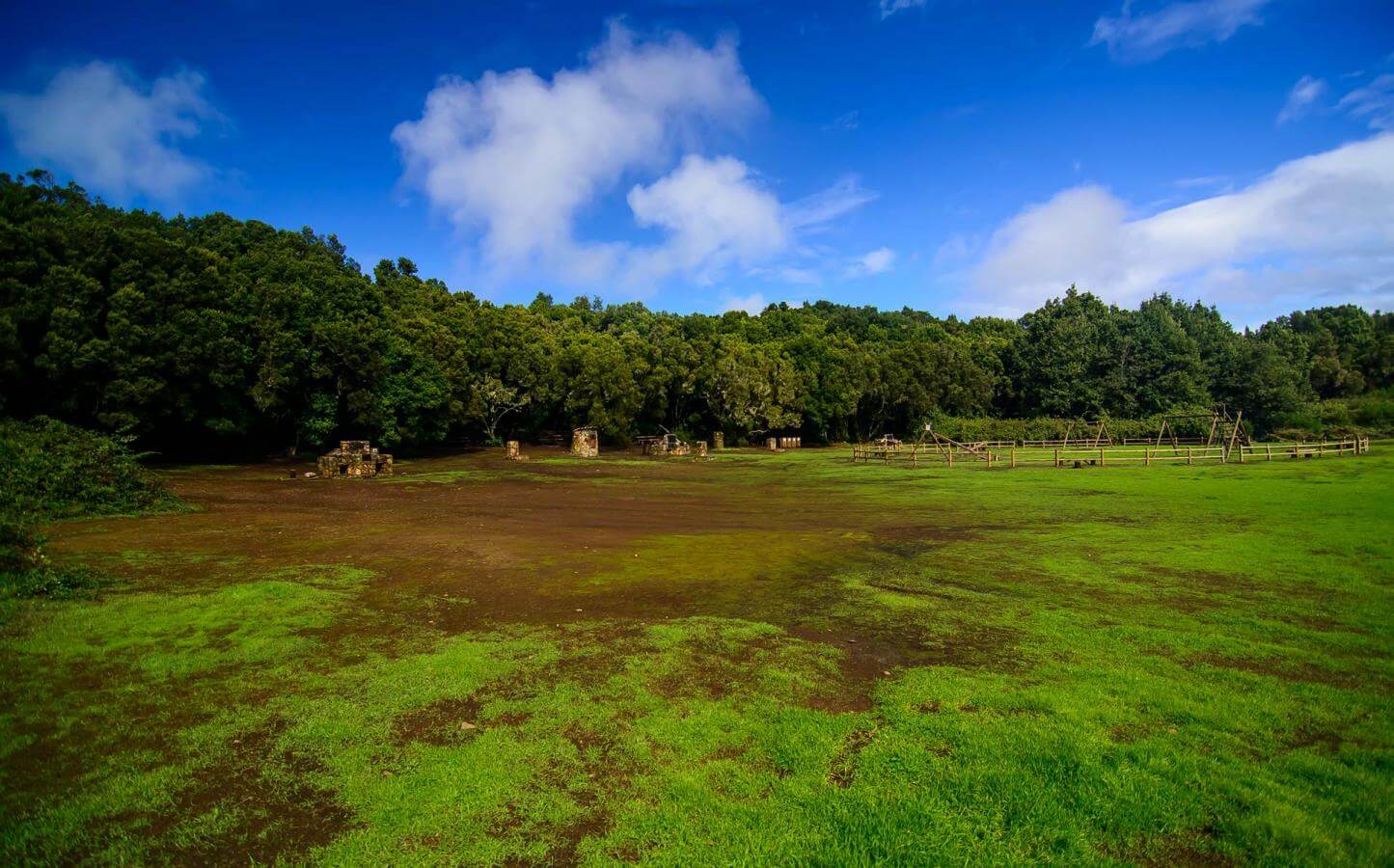

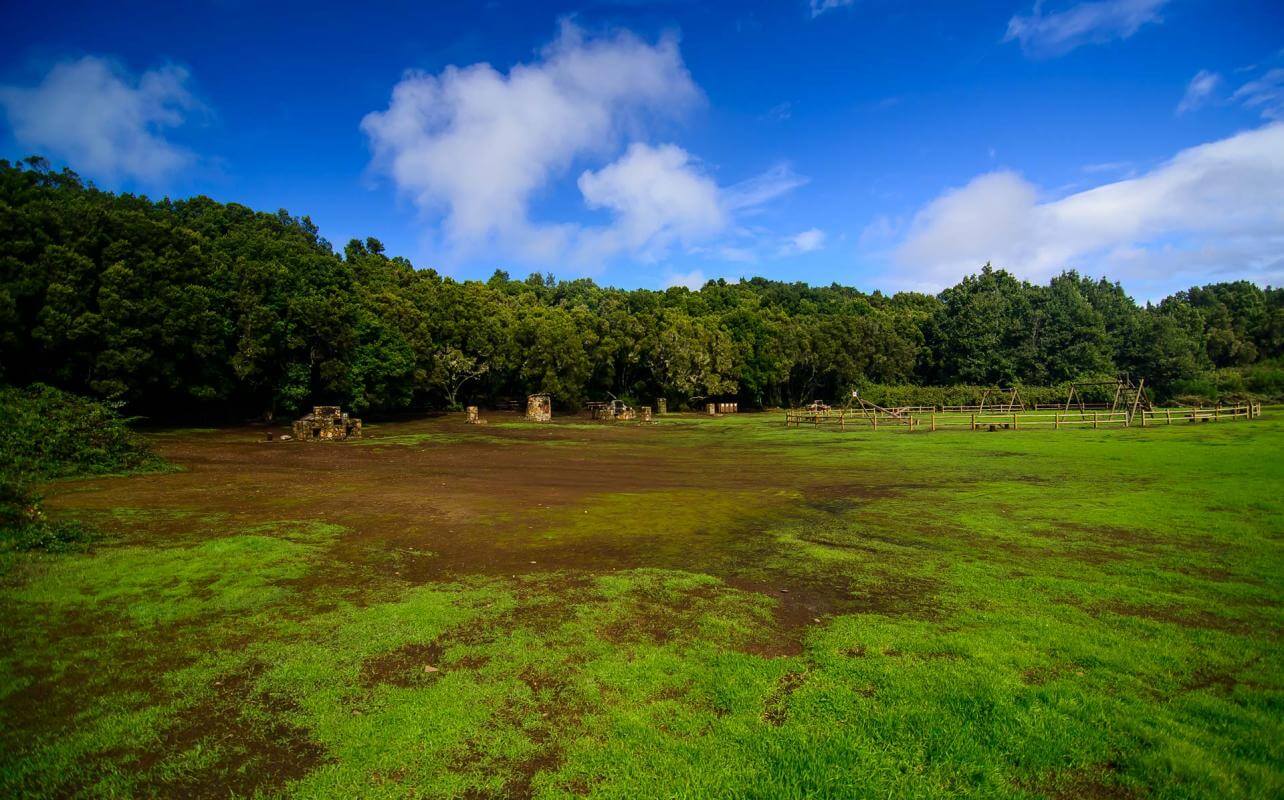
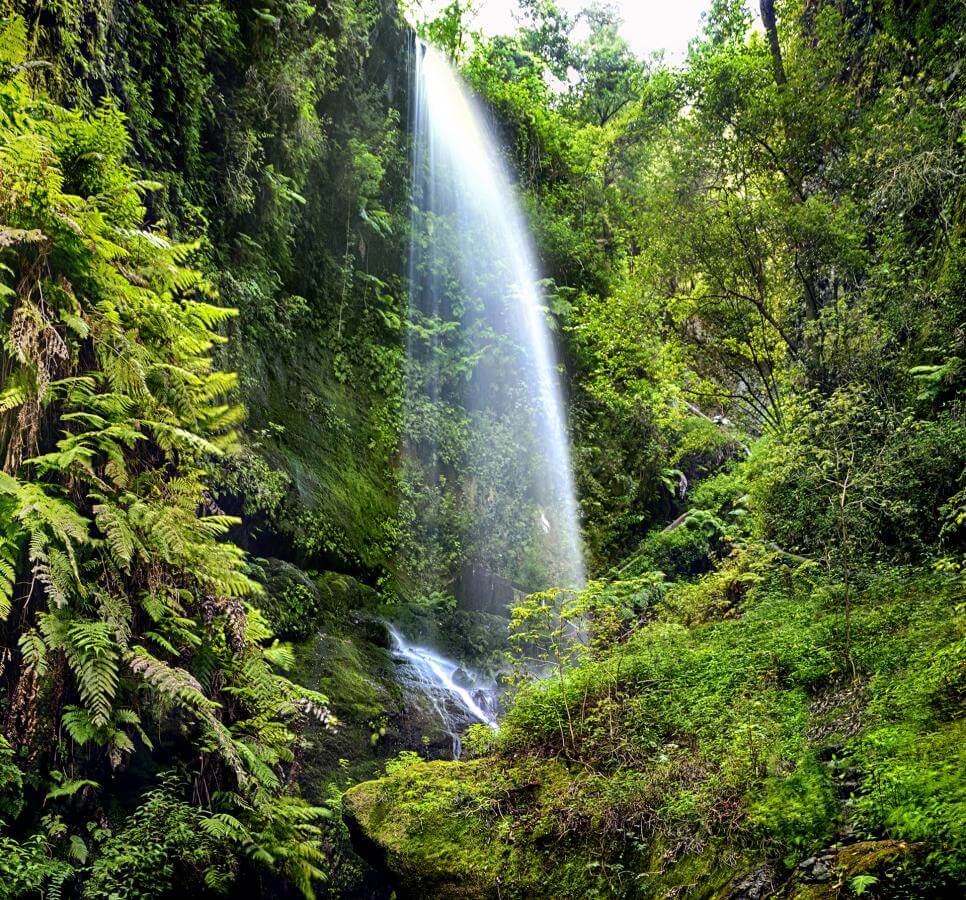

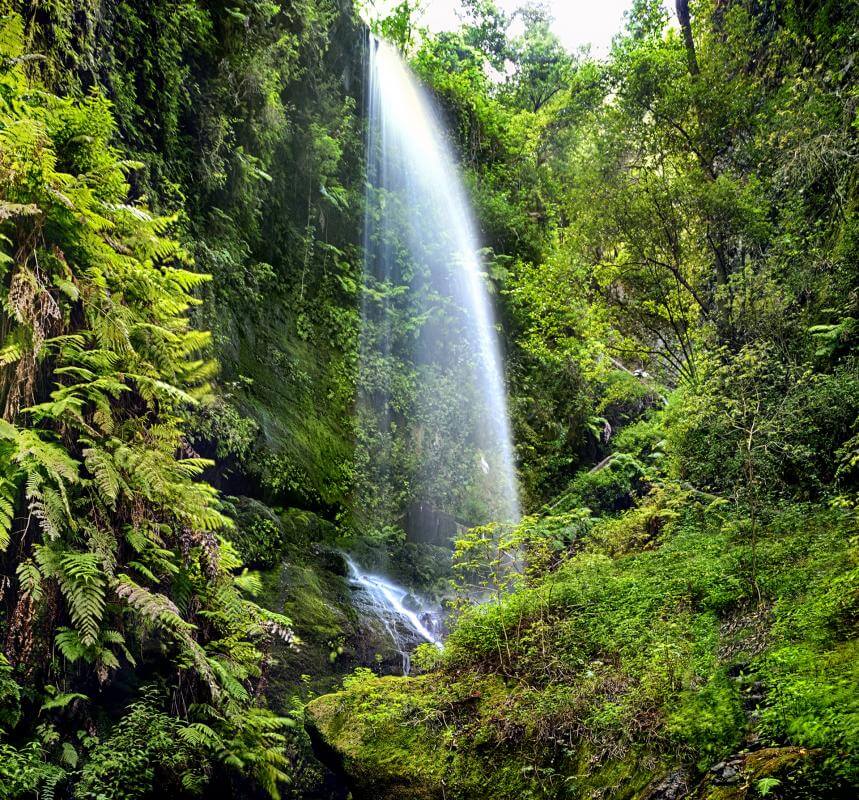
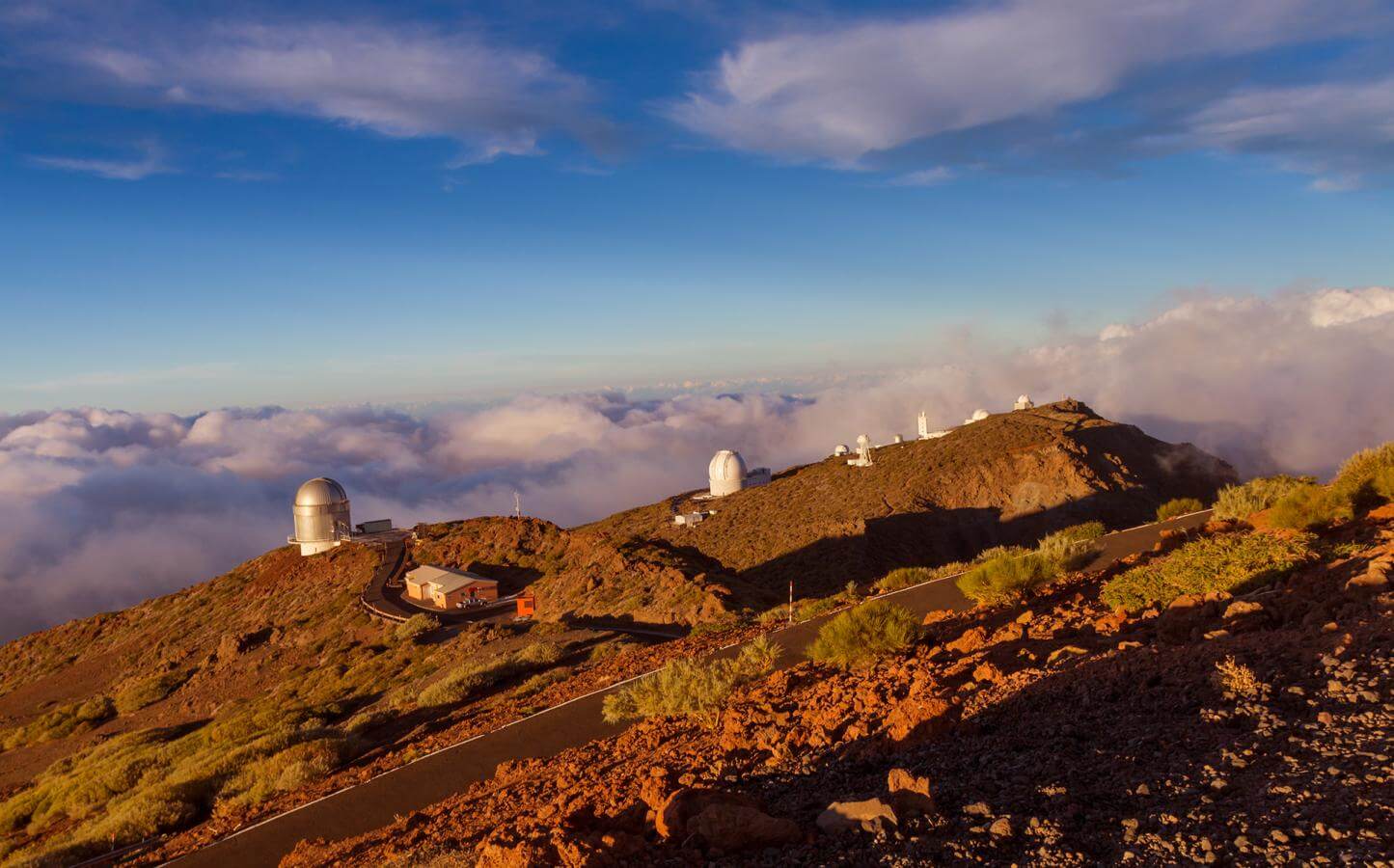

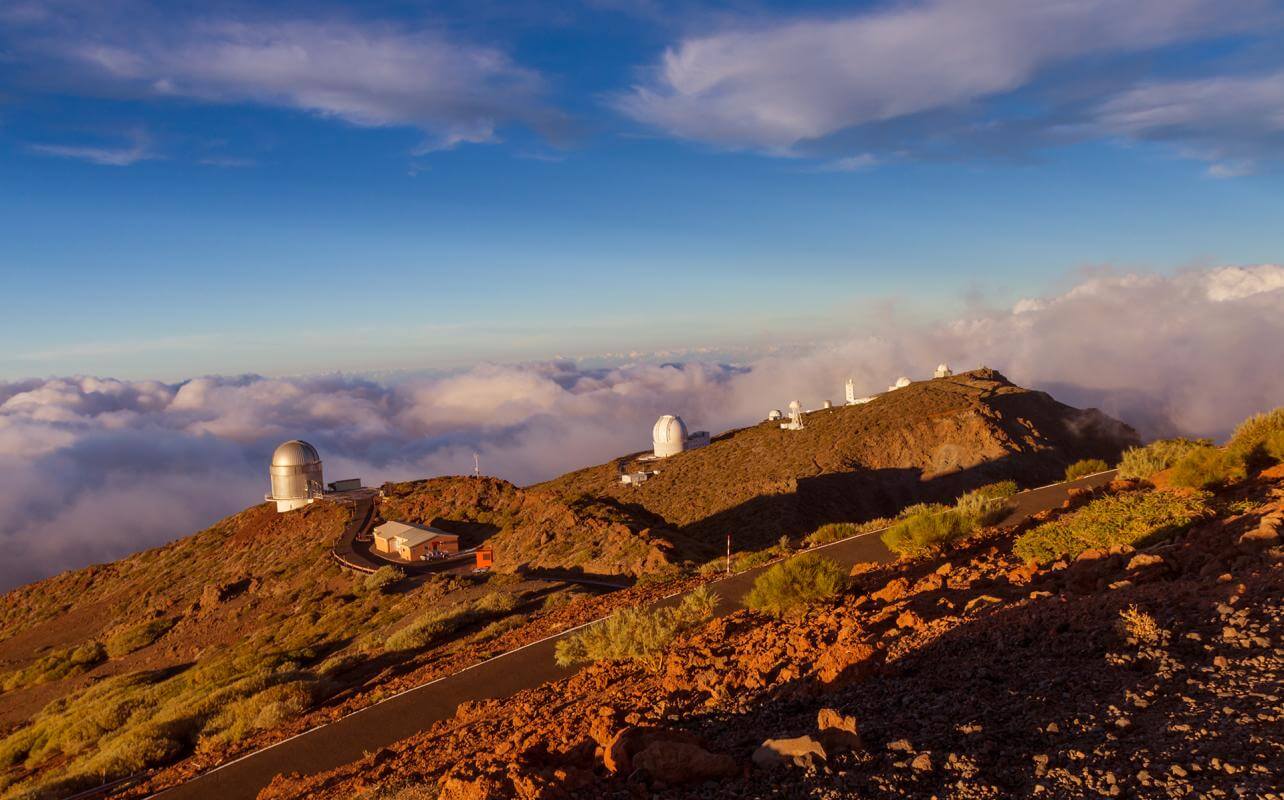
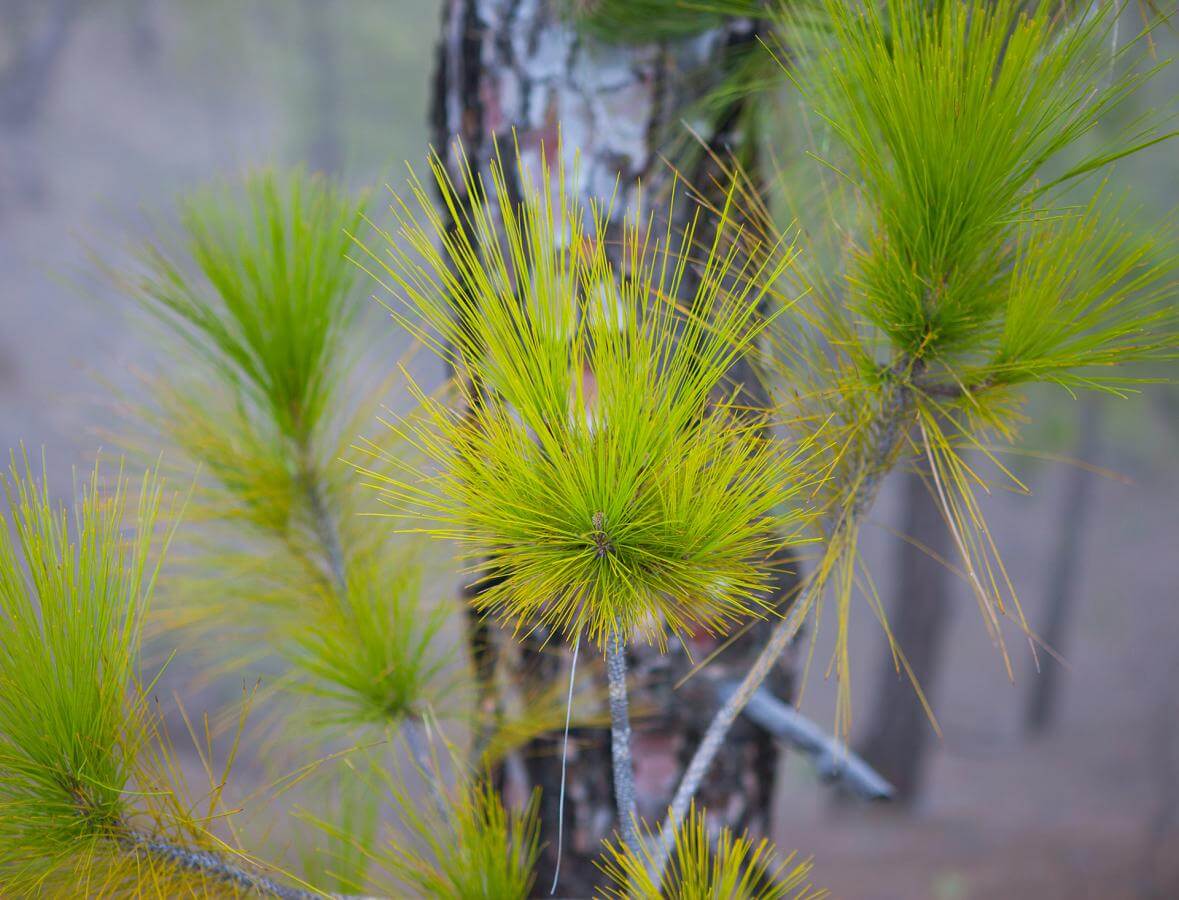

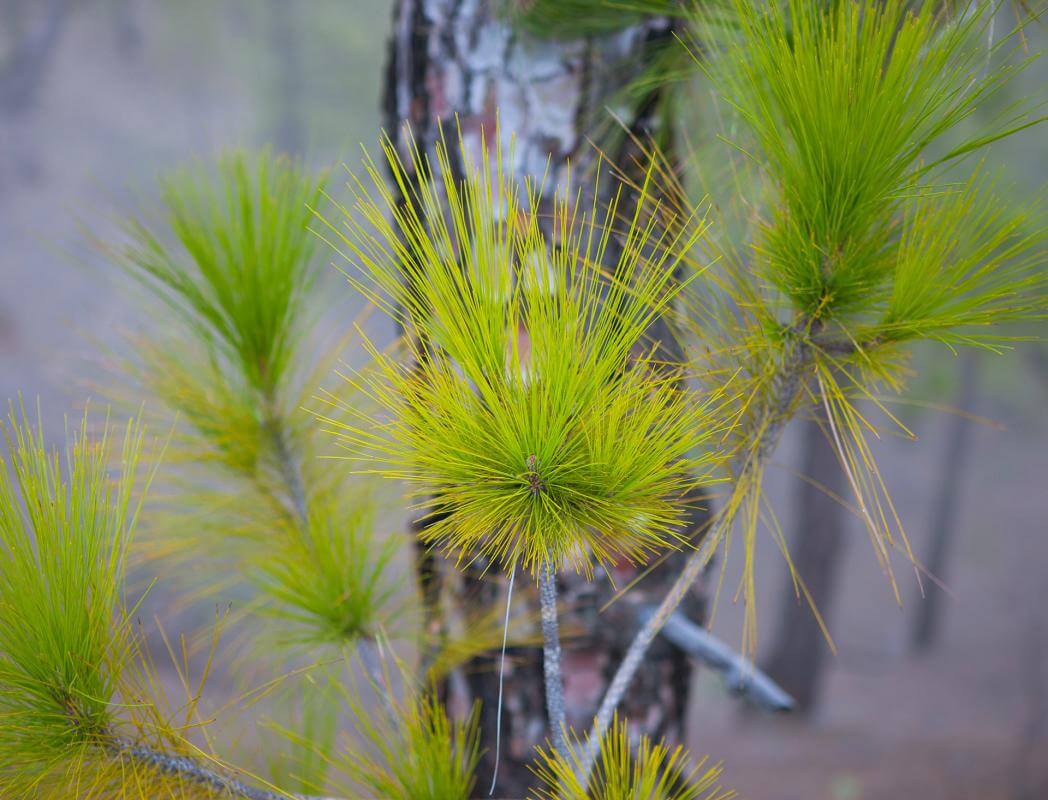
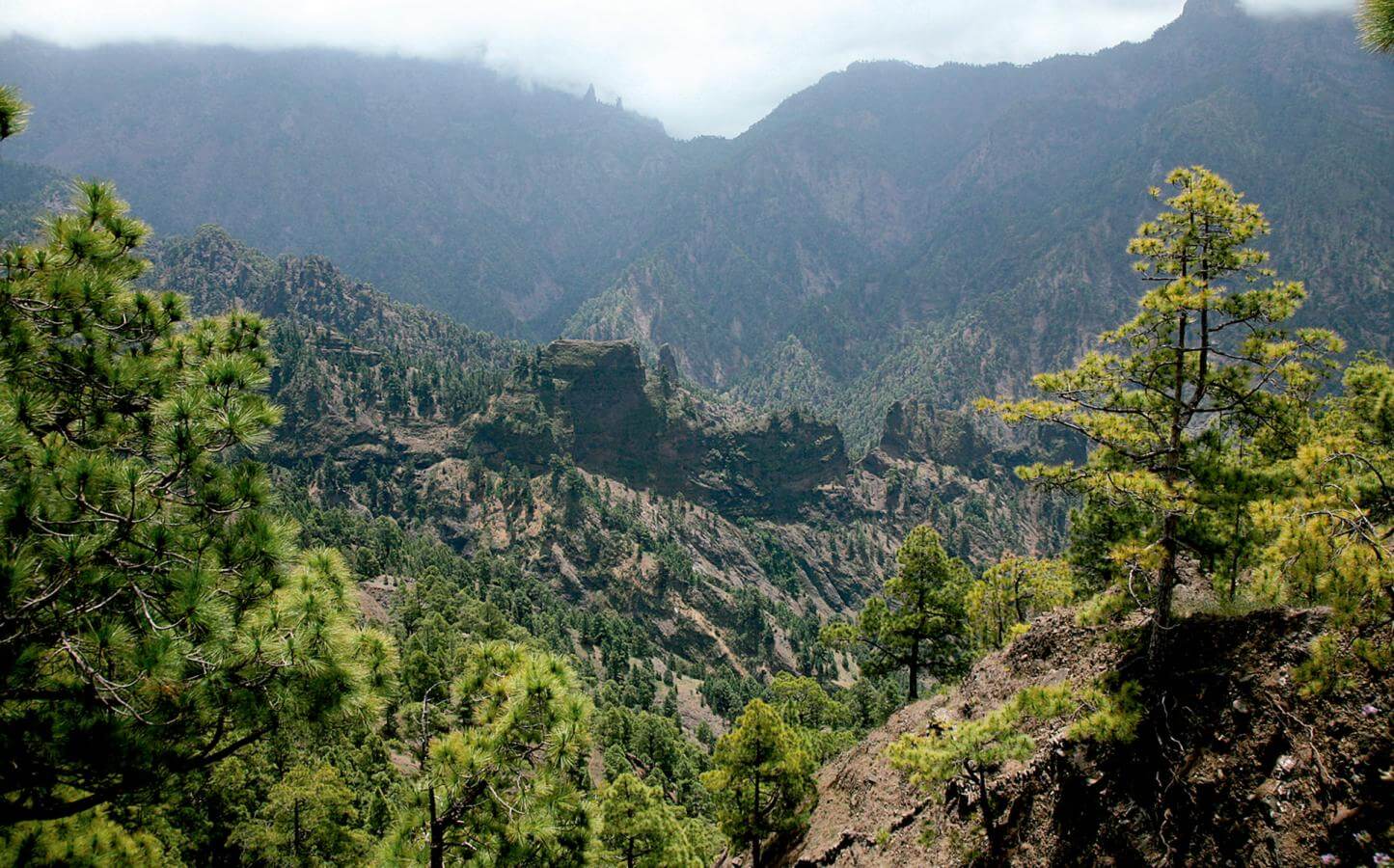

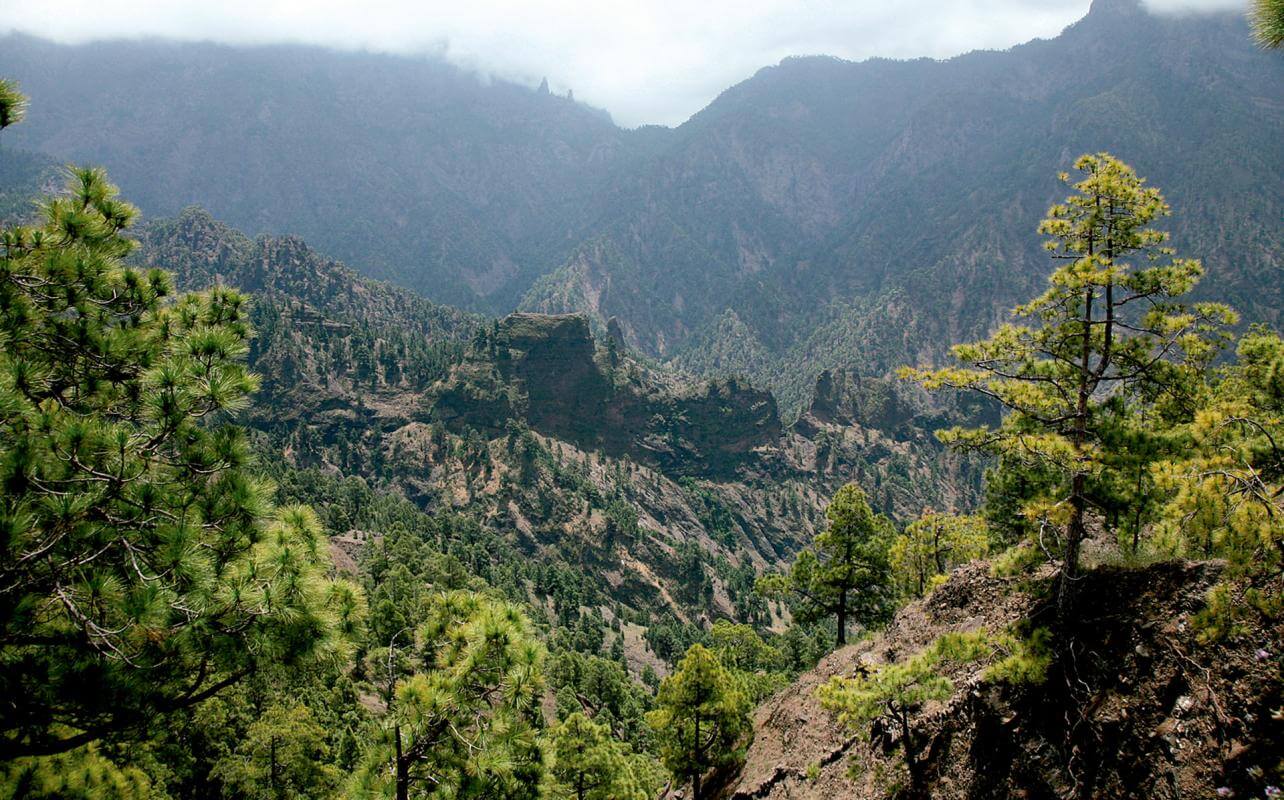
Caldera de Taburiente National Park
The heart of La Palma is green. The centre of the island is an impressive hollow that is almost eight kilometres in diameter and up to a kilometre and a half deep. A unique structure that gives Caldera de Taburiente its name. Of volcanic origin, its steep cliffs and lush Canary Island pine forest are surrounded by spectacular waterfalls.
Along with Canary Island pine trees, it contains varieties or rockrose and heather. At the crest of the rocky rim surrounding the caldera, we find the Roque de los Muchachos Astrophysical Observatory. The island, which was designated a World Biopshere Reserve in its entirety in 2002, is one of the three best places in the world for stargazing.


